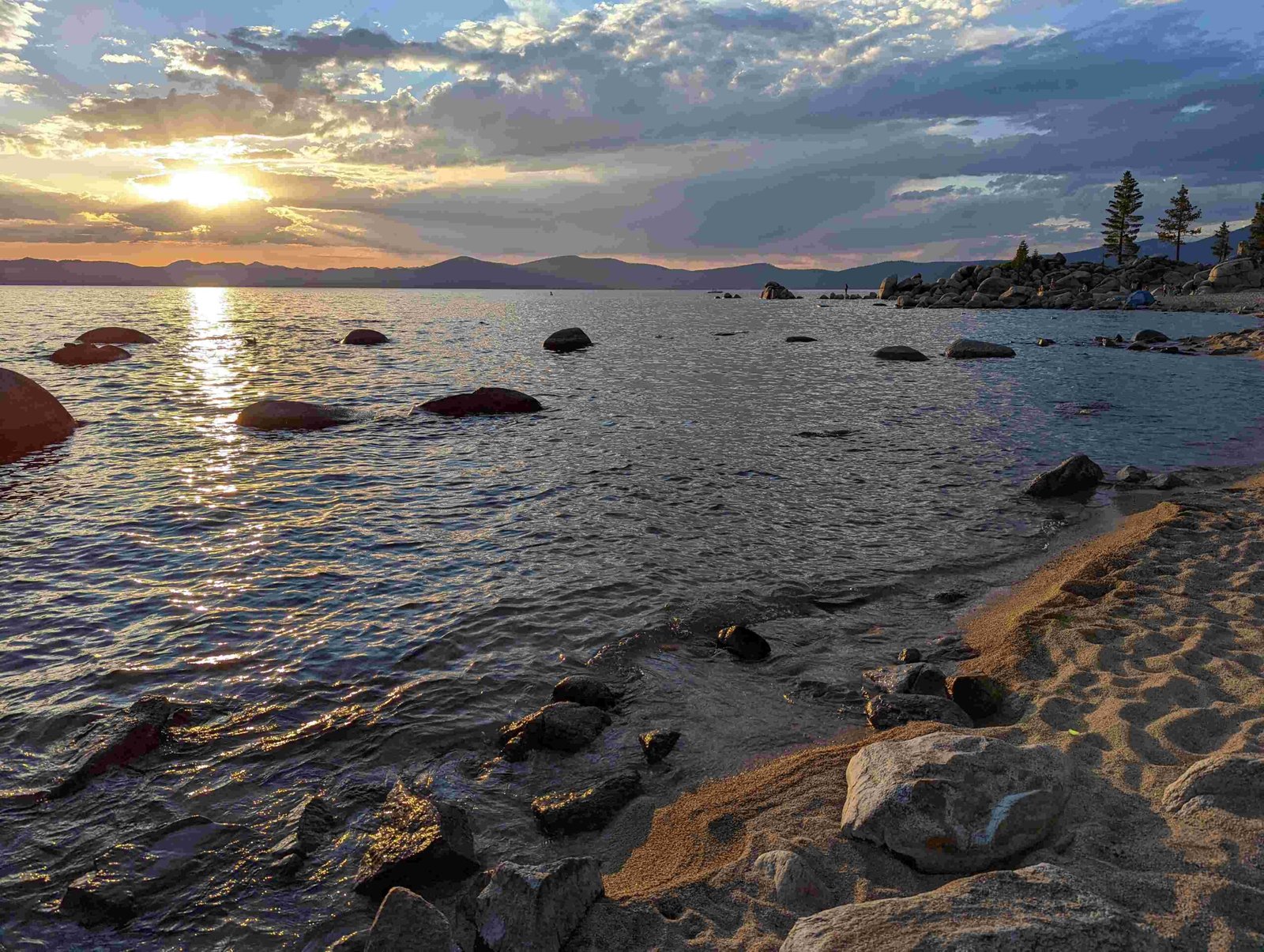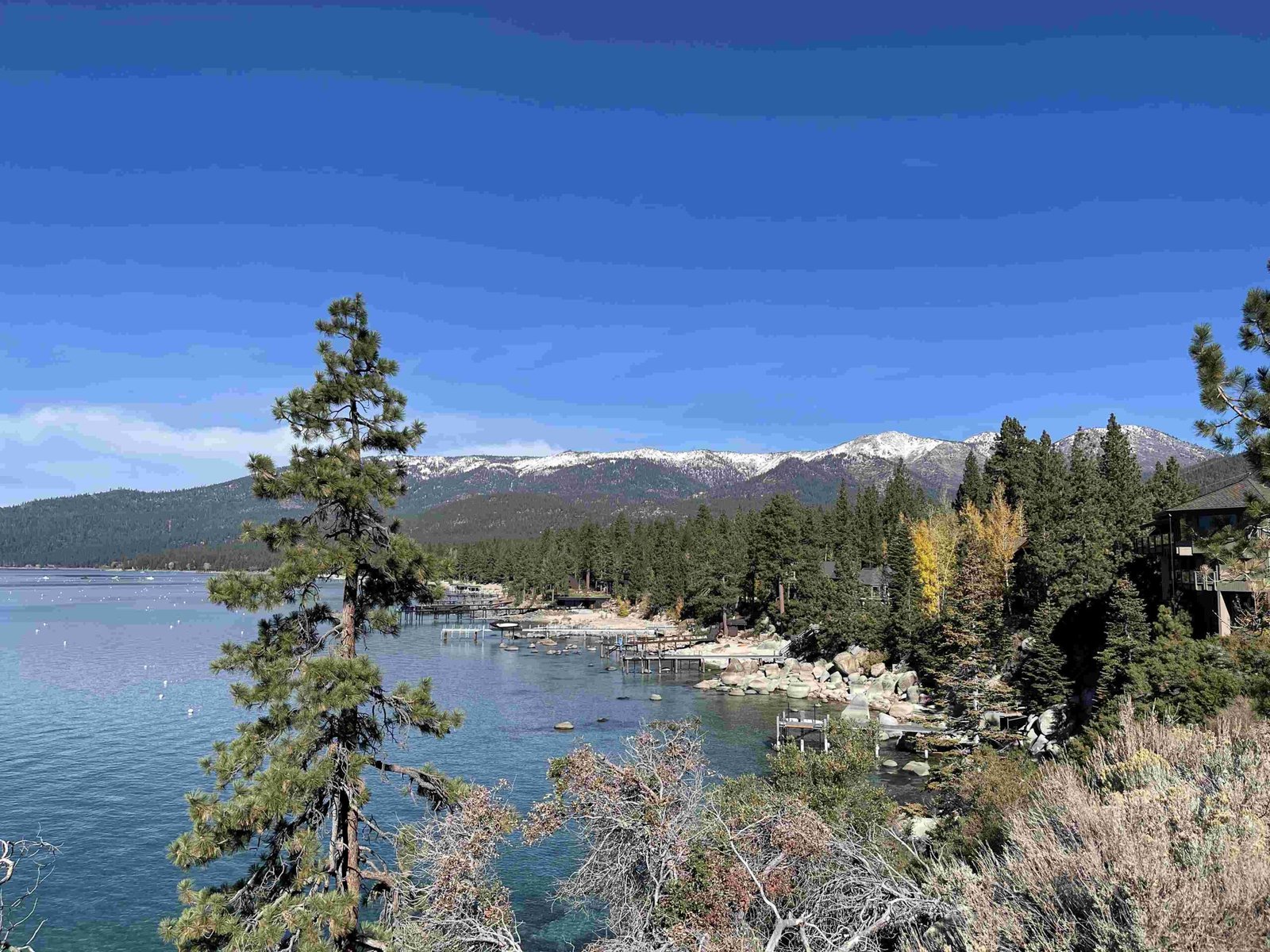Lake Tahoe offers an extraordinary swimming experience spanning approximately 22 miles in length and 12 miles in width, presenting adventurous swimmers with diverse routes that challenge endurance and showcase breathtaking alpine landscapes. From the legendary Olympic Club Route crossing 14 miles of crystal-clear waters to intimate bay explorations, swimmers can discover multiple swimming opportunities that blend natural beauty with athletic challenge.
What Makes Lake Tahoe Unique for Swimming?

Lake Tahoe’s swimming landscape is defined by its remarkable geographical characteristics and diverse swimming environments. The lake’s pristine waters, surrounded by Sierra Nevada mountains, create an unparalleled swimming destination.
How Long Can Swimmers Traverse Lake Tahoe?
| Swimming Route | Distance | Difficulty | Notable Features |
|---|---|---|---|
| Sand Harbor to Chambers Landing | 14 miles | Advanced | Deepest lake section, mountain panoramas |
| Emerald Bay Traverse | 2-3 miles | Intermediate | Scenic bay, historical landmarks |
| Rubicon Trail Segments | Variable | Beginner to Advanced | Multiple entry/exit points |
What Are the Key Swimming Considerations?
Water Temperature Variations
- Winter: Approximately 40°F
- Summer Peak: 65-70°F
- Optimal Swimming Months: July, August, September
Safety Recommendations
- Use personal flotation devices
- Check local weather conditions
- Carry communication devices
- Understand boat traffic patterns
- Gradually acclimate to water temperature
Where Can Swimmers Access Lake Tahoe?
Top Swimming Locations:
– Sand Harbor
– Emerald Bay
– Pope Beach
– Lester Beach
– Chambers Landing
What Equipment Helps Enhance Lake Tahoe Swimming?
Essential gear for Lake Tahoe length swim includes:
– Wetsuit (recommended for temperature regulation)
– High-visibility swim cap
– Open water swimming goggles
– Waterproof GPS tracker
– Thermal swim accessories
How Should Swimmers Prepare?
Preparation involves:
– Physical conditioning
– Understanding lake topography
– Studying water current patterns
– Developing cold water swimming techniques
– Creating emergency communication plans
What Challenges Might Swimmers Encounter?
Potential challenges include:
– Rapidly changing water temperatures
– Unexpected wind patterns
– Rocky underwater terrain
– Potential boat traffic
– Altitude acclimatization
Expert Swimming Tips

Experienced swimmers recommend:
– Start with shorter distance segments
– Train in similar cold water conditions
– Use proper thermal protection
– Develop strong navigation skills
– Join local swimming groups for guidance
Regulatory Considerations
- Obtain necessary permits
- Follow local swimming regulations
- Respect environmental conservation guidelines
- Understand rescue protocols
Medical Precautions
- Consult healthcare professionals before attempting long-distance swims
- Understand hypothermia risks
- Develop cold water adaptation strategies
Final Swimming Insights
Lake Tahoe length swim represents more than a physical challenge—it’s an immersive experience connecting swimmers with extraordinary alpine aquatic environments. Proper preparation, respect for natural conditions, and comprehensive understanding transform this swimming adventure into an unforgettable journey.

